5 Planets Will Align in the Sky in March: Here's When and How to Spot It
The last five-planet alignment occurred in June 2022, marking the first time in 40 years since the last celestial spectacle took place
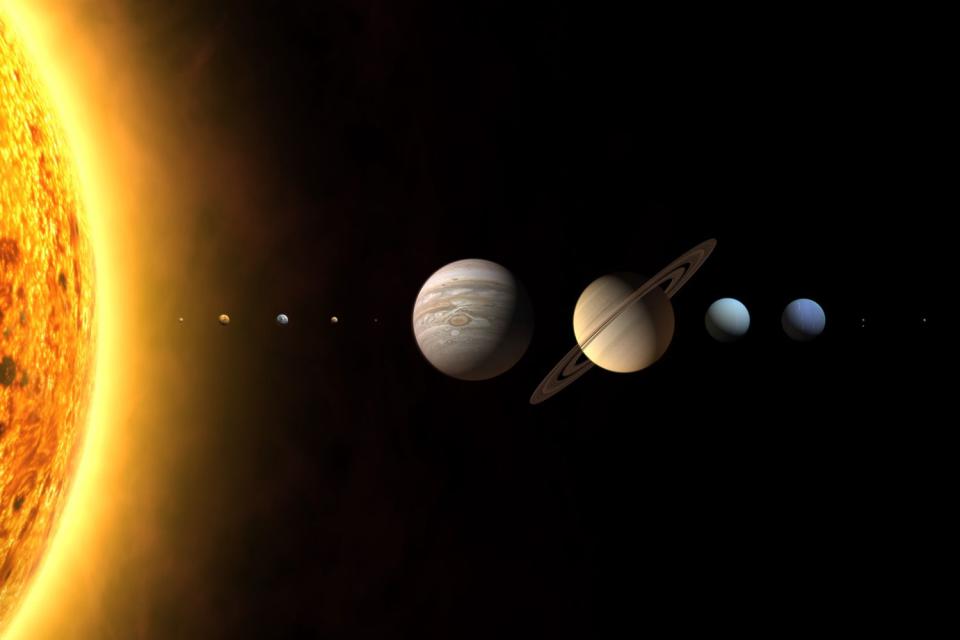
A major part of our solar system will be visible right outside your window!
Be sure to point your eyes to the sky towards the end of March because five planets are expected to be visible from Earth, marking a rare astronomical phenomenon right before the turn of the month this year.
The unique occurrence is called a planetary alignment, a term that describes the gathering of several planets on one side of the sun at the same time. The phrase "planetary parade" is the colloquial term used to describe multiple planets present at once, per Star Walk Space.
A planetary alignment is a formation that emerges in various sizes ranging from "mini" (three planets) to "full" (all eight planets, plus Pluto on occasion). This month will be "large," an alignment that consists of five or six planets.
According to NASA, this fascinating phenomenon occurs depending on the amount of time each planet takes to complete one orbit around the sun. Because the duration for each orbit differs per planet, this explains why planetary alignments are rare — especially those larger in size, like this one.
Related:All About April's Pink Moon and What It Means for Your Zodiac Sign
Alignments comprised of the same planets are considered rarer in comparison to just any planetary conjunction. For example, the last planetary alignment to form took place in June 2022 — with Saturn, Mars, Jupiter, and Venus visible from Earth — but that specific alignment isn't expected to form again until 2040.
These spectacles have caused concern for doomsayer Earthlings — who believe that the planets' gravity and tidal forces are magnified when they're aligned, resulting in extraordinary effects here on Earth (like earthquakes and floods).
But have no fear! NASA says that "planetary alignments are harmless," based on historical trends. Take it from astronaut Buzz Aldrin, who has already shared his excitement for the planetary alignment on Twitter with a tune-in post.
Here's everything to know about March's planetary alignment, including the planets involved and when to spot it.
Which planets will be aligned?
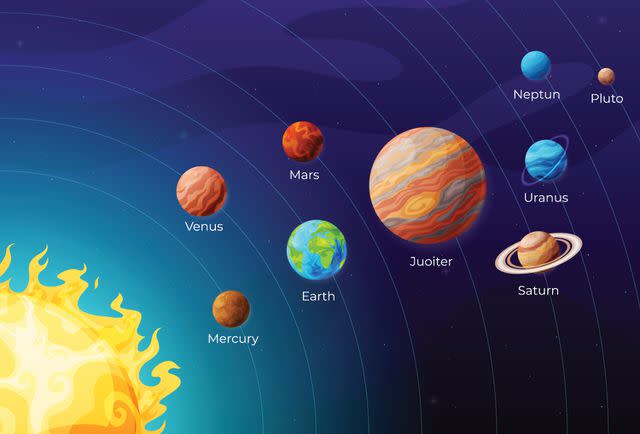
Five planets are expected to align and be visible from Earth at the end of March this year. They include Mercury, Venus, Mars, Jupiter and Uranus — in addition to the moon! This formation is especially rare because it includes Uranus, the seventh planet from the Sun and one of the hardest to spot from Earth.
Vahé Peroomian, a professor of astronomy and physics at the University of Southern California, told CBS News that planets appear together in the same part of the sky during their orbits around the sun. Alignment rarity (such as "large" and "full" alignments) is based on the time it takes each planet to orbit.
"Mercury completes one orbit in 88 days, and Venus in 225 days. The outer planets move a lot slower: Jupiter takes 12 years to orbit the Sun, Saturn takes 29," he said of June 2022's alignment. "So, as long as Jupiter and Saturn are visible, which happens unless they're on opposite sides of the Sun from our point of view, then the remaining planets will eventually line up."
"It is a bigger feat for Neptune and Uranus to also be visible at the same time as they take 165 years and 84 years, respectively, to orbit the sun," Peroomian added. "Both planets "spend considerable time on opposite sides of the Sun from our vantage point."
Related:Buzz Aldrin to Auction Off Items from His Time in Space, Including Famed Apollo 11 Mission
When will the five planets be visible from Earth?
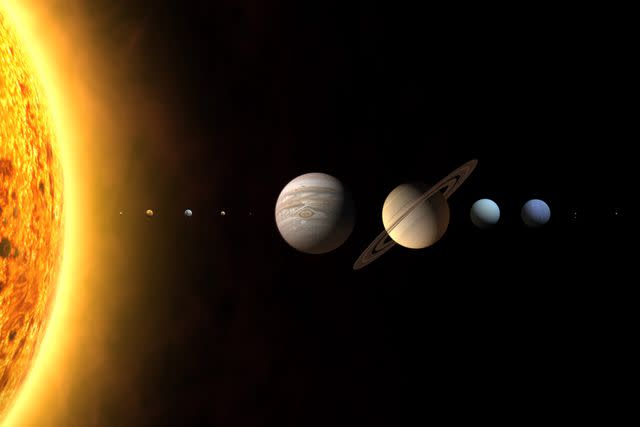
Mercury, Venus, Mars, Jupiter, Uranus and the moon are expected to align after sunset on Tuesday, March 28, 2023.
Where in the sky will the planets appear?
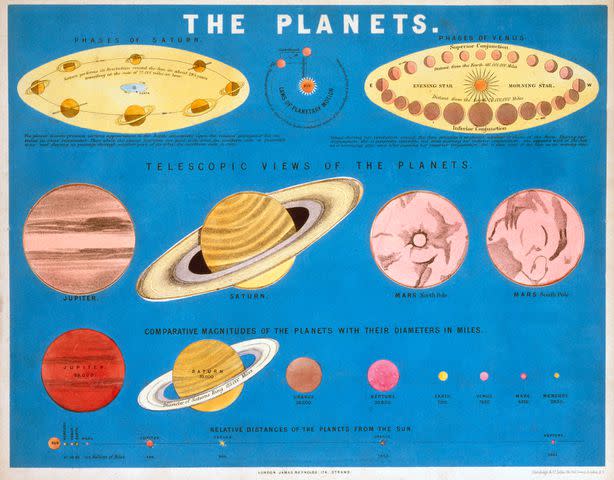
The alignment of Mercury, Venus, Mars, Jupiter, Uranus and the moon will form within a small 50-degree sector in the night sky, according to Star Walk Space. The planetary phenomenon is expected to be arranged in the shape of an arc.
Related:Everything to Know About the Full Moons in 2023
Are binoculars needed to spot the planets?
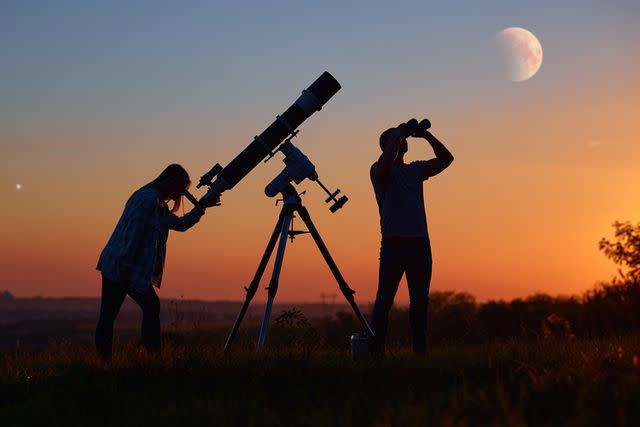
While March's 2023 five-planet alignment is expected to be viewed from Earth in its entirety, there are several factors that make this a challenge for skywatchers. The main factor being each planet's respective distance from Earth and the sun.
From nearest to furthest from the sun, the planetary order in the solar system is as follows: Mercury, Venus, Earth, Mars, Jupiter, Saturn, Uranus and Neptune. Five of those are easier to see than others — called the "naked eye planets," per NASA — and consist of Mercury, Venus, Mars, Jupiter and Saturn.
However, Mercury — despite its nickname — is notoriously known as one of the most challenging planets to spot due to its close proximity to the sun making it washed out. Given the aforementioned lineup, NASA recommends a strong pair of binoculars to spot Uranus later this March since it's the second to furthest planet away from Earth.
When is the next planetary alignment expected to occur?
The next planetary alignment is expected to form on the morning of June 17, 2023. The planets include Mercury, Uranus, Jupiter, Neptune and Saturn.
For more People news, make sure to sign up for our newsletter!
Read the original article on People.

